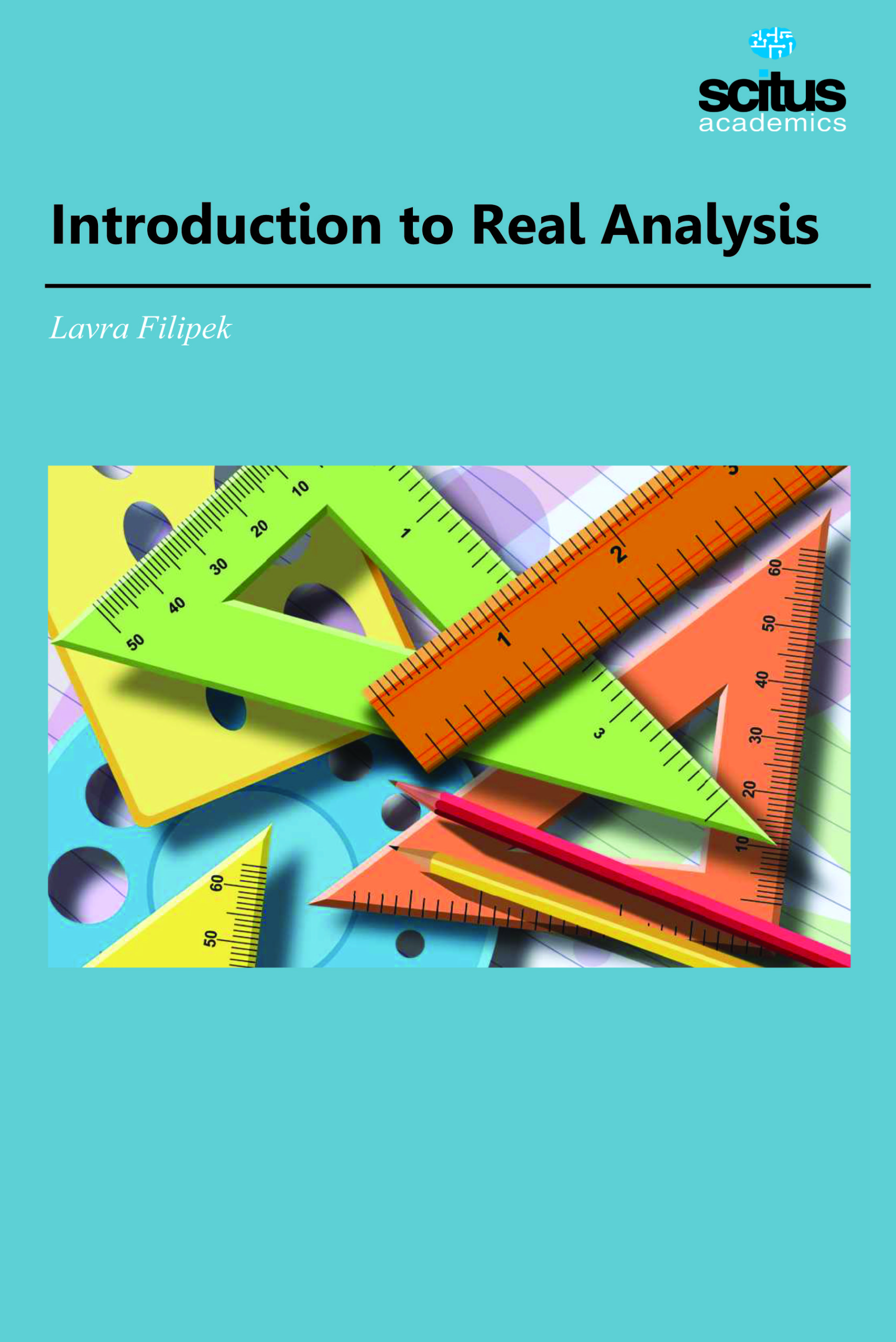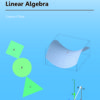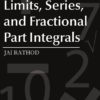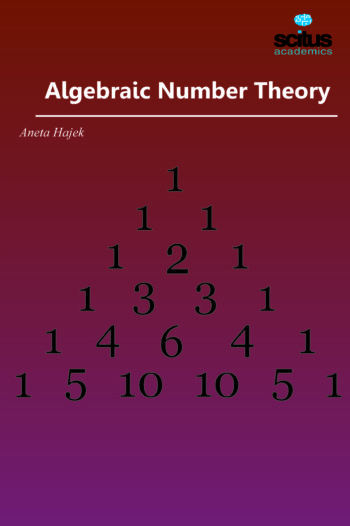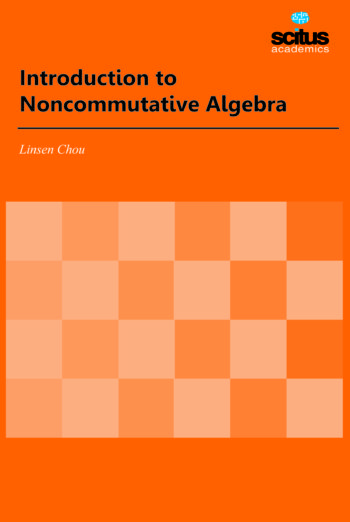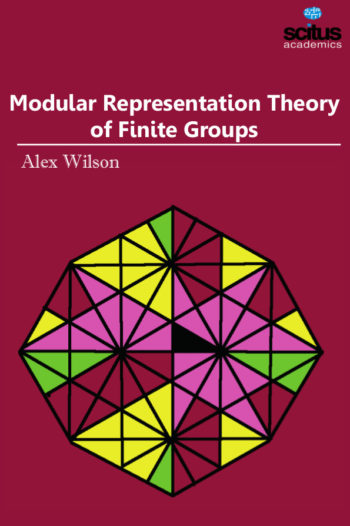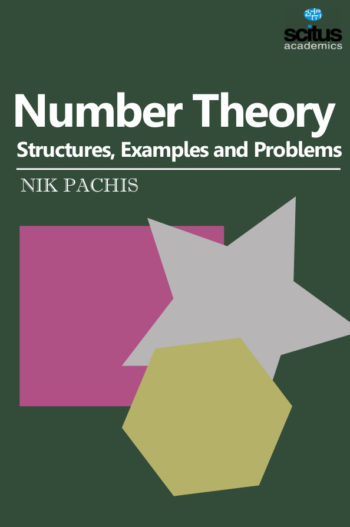Real analysis is a branch of mathematical analysis dealing with the real numbers and real-valued functions of a real variable. In particular, it deals with the analytic properties of real functions and sequences, including convergence and limits of sequences of real numbers, the calculus of the real numbers, and continuity, smoothness and related properties of real-valued functions.
The real numbers have several important lattice-theoretic properties that are absent in the complex numbers. Most importantly, the real numbers form an ordered field, in which addition and multiplication preserve positivity. Moreover, the ordering of the real numbers is total, and the real numbers have the least upper bound property. These order-theoretic properties lead to a number of important results in real analysis, such as the monotone convergence theorem, the intermediate value theorem and the mean value theorem.
A sequence is usually defined as a function whose domain is a countable totally ordered set, although in many disciplines the domain is restricted, such as to the natural numbers. In real analysis a sequence is a function from a subset of the natural numbers to the real numbers.
This textbook is a reference tool for junior or senior mathematics majors and science students with a serious interest in mathematics.

